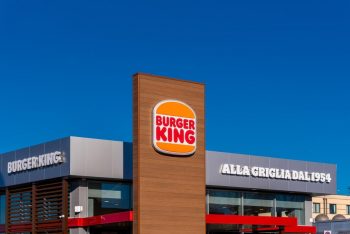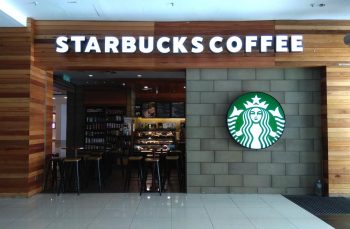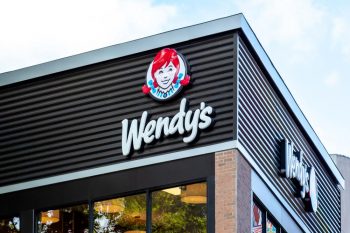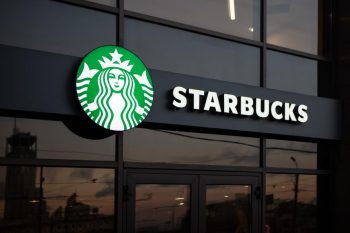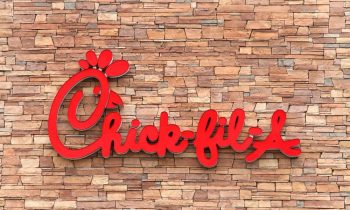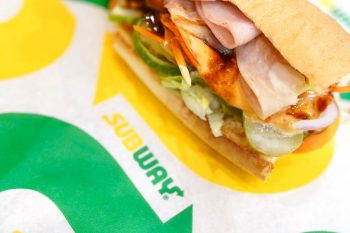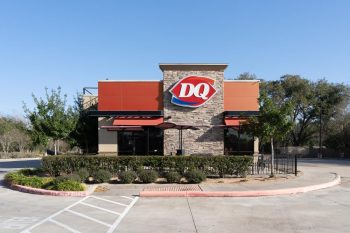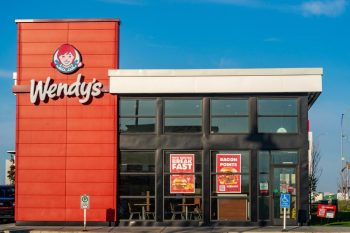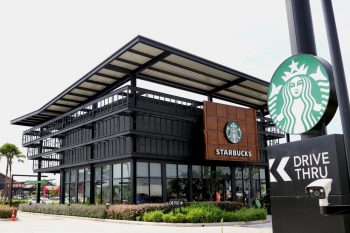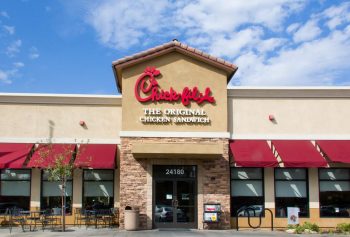
In the bustling age of fast food, McDonald’s has stood as a towering icon, its Golden Arches recognized worldwide. But have you ever wondered about the humble beginnings of this fast-food giant? In particular, what year were McDonald’s hamburgers 15 cents? Let’s take a nostalgic trip back in time and delve into this fascinating slice of history.
McDonald’s hamburgers were priced at 15 cents in the year 1955. This was the year when the first franchised McDonald’s restaurant, owned by Ray Kroc, opened in Des Plaines, Illinois. The low price point played a significant role in the fast-food chain’s early success and growth.
The Year 1955: The Birth of an Era
In 1955, the first franchised McDonald’s restaurant, owned by Ray Kroc, opened in Des Plaines, Illinois. It was during this period that McDonald’s hamburgers were priced at a mere 15 cents. The low price and efficient service allowed McDonald’s to stand out from its competitors and attract a large customer base. This pricing strategy contributed to McDonald’s becoming the world’s largest restaurant chain by revenue, serving over 69 million customers daily in over 100 countries in more than 40,000 outlets as of 2021.
The Economic Factors Behind the 15-Cent Price Point
Several economic factors influenced the 15-cent price point. These included the overall economy, currency exchange rates, product costs, customers, competitors, government laws and regulations, and psychological factors. The low price of the hamburgers, along with the streamlined Speedee Service System, contributed to the fast-food chain’s early success and growth.
The Quality and Size of McDonald’s 15-Cent Hamburgers
In the 1950s, a hamburger cost 15 cents, while a cheeseburger was 19 cents. This suggests that the hamburgers were likely smaller and simpler compared to today’s offerings, but it does not provide specific details about their quality or size.
The Public Reaction to the 15-Cent Hamburgers
The public reaction to the 15-cent hamburgers at McDonald’s was overwhelmingly positive. The low price and efficient service allowed McDonald’s to stand out from its competitors and attract a large customer base.
The 15-Cent Price Point’s Impact on McDonald’s Sales and Popularity
The 15-cent price point played a significant role in McDonald’s early success and growth. The 15-cent hamburger was a great deal even in the 1950s, and it played a significant role in McDonald’s becoming the number one name in restaurants worldwide.
McDonald’s Marketing Strategies During the 15-Cent Era
McDonald’s used various advertising methods to promote their 15-cent hamburgers. They displayed signs outside their restaurants, highlighted the low price of their hamburgers, and claimed in their advertising that they had sold over 15 million burgers by 1955.
The Journey from 15 Cents to the Present
The price increase from 15 cents cannot be pinpointed to a specific date, but it is evident that the prices have increased over the years due to various factors such as inflation, increasing costs, and changing market dynamics. As of 2023, the average price for a McDonald’s Big Mac in the US is estimated at $5.15, which is nearly 22% more since the pre-pandemic era.
In conclusion, the 15-cent hamburger marked a significant era in the history of McDonald’s and the fast-food industry as a whole. It was a time when a simple, affordable meal could be had for just a few coins, and it set the stage for the global success of one of the world’s most recognized brands.
Frequently Asked Questions
What was the Speedee Service System?
The Speedee Service System was a method introduced by McDonald’s in the 1940s to speed up the process of preparing food. This system, also known as the “fast food” model, involved pre-cooking food items and keeping them warm until they were sold, thus significantly reducing waiting times for customers.
Who were McDonald’s main competitors in the 1950s?
In the 1950s, McDonald’s main competitors were other fast-food chains like White Castle and A&W. However, McDonald’s unique selling proposition of offering quality food quickly and at a low price helped it stand out.
What other items were on the McDonald’s menu in the 1950s?
In the 1950s, McDonald’s menu was much simpler than it is today. In addition to the 15-cent hamburger, it included items like cheeseburgers, french fries, shakes, soft drinks, and coffee.
How did McDonald’s manage to keep their prices so low?
McDonald’s managed to keep their prices low through a combination of factors. These included the use of the Speedee Service System to reduce costs, bulk purchasing of ingredients, and a simple menu which allowed for efficient use of resources.
When did McDonald’s start offering the Big Mac?
The Big Mac was introduced to the McDonald’s menu in 1967. It was created by Jim Delligatti, one of McDonald’s franchise owners at the time.


